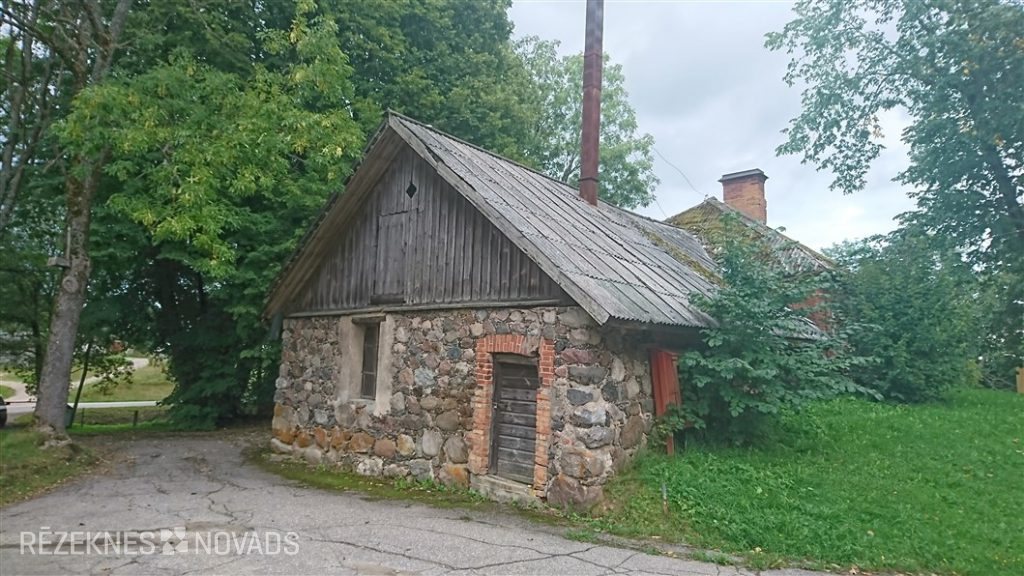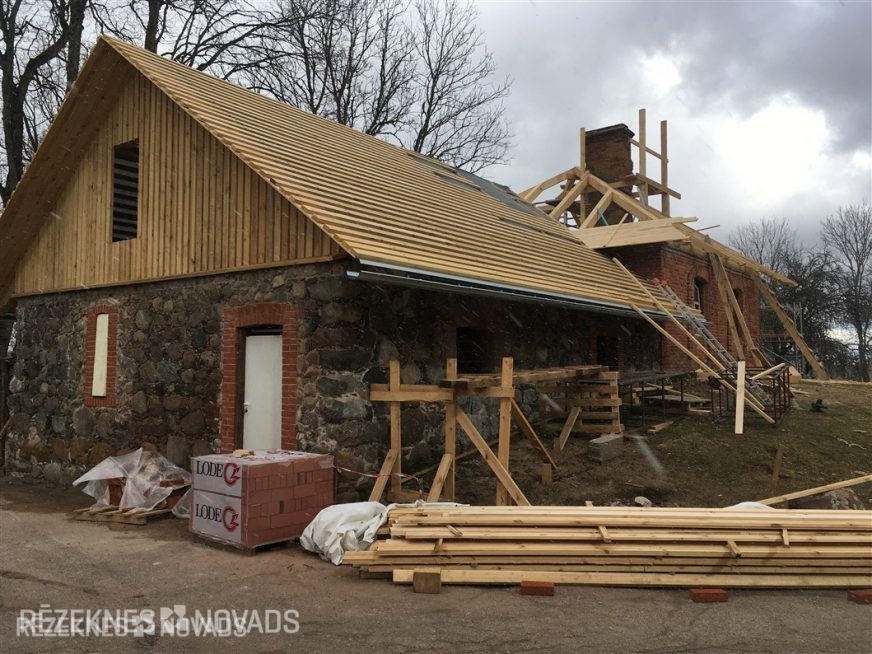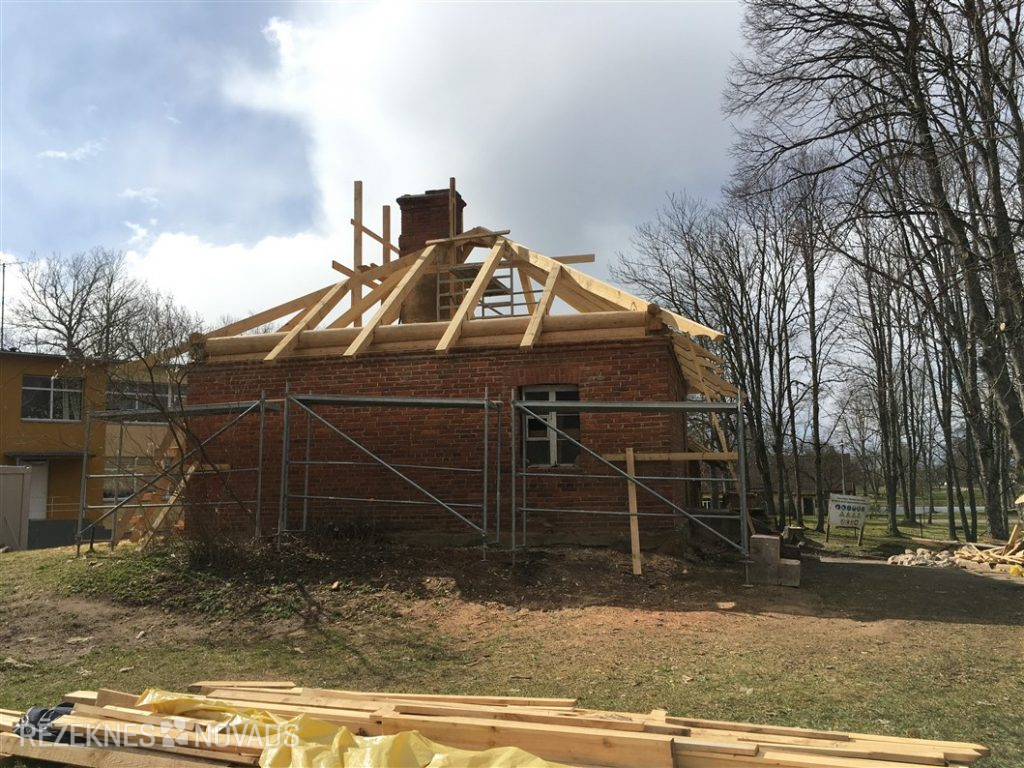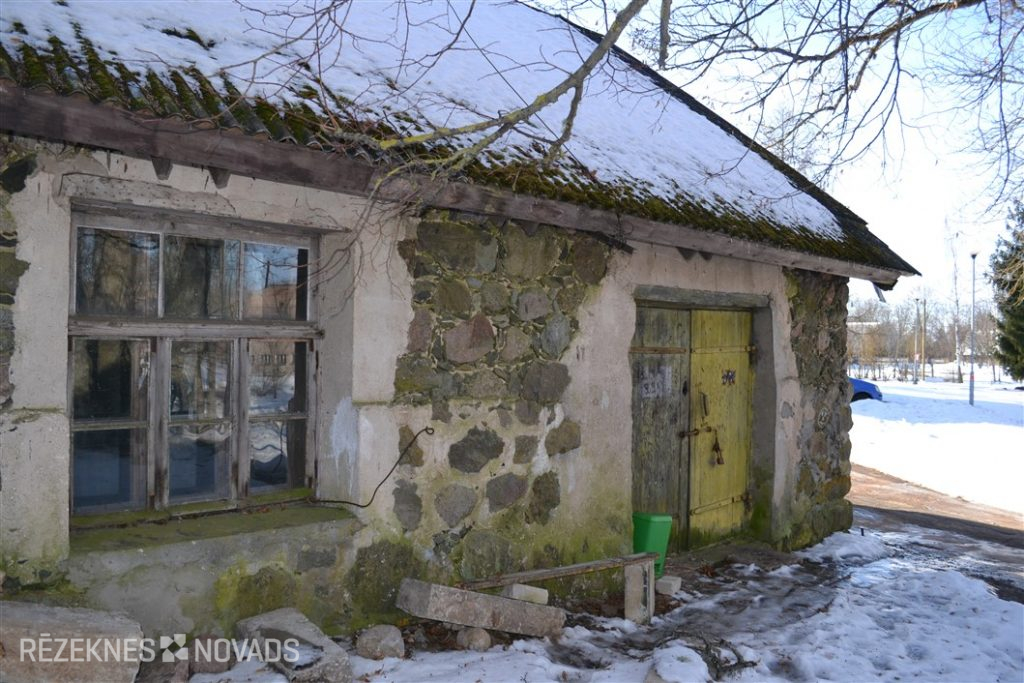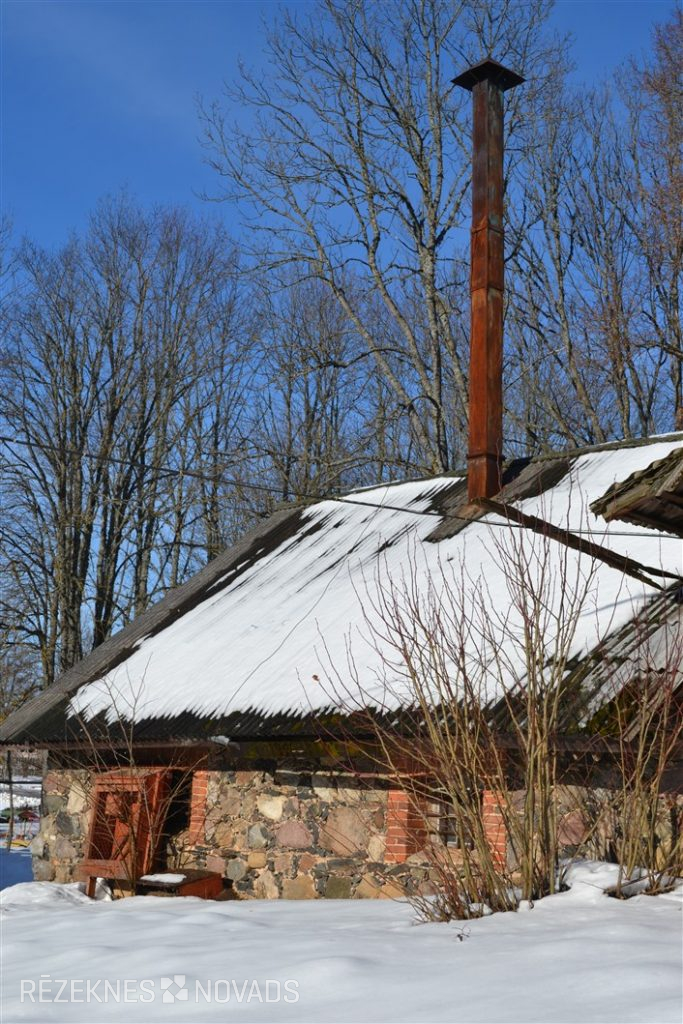Lūznavas in Manor, ancient lubricant
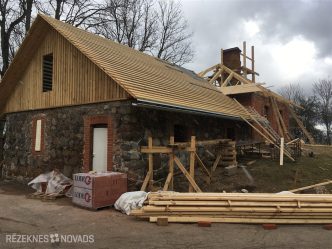

This publication has been prepared with financial support from the European Union. Its content is fully responsible by the municipality of Rēzekne and may not reflect the European Union's views.
The app website is www.latruscbc.eu
An integral part of each of the ancient manors' buildings has always been the smoke, where the flaming eaters drove the mountains of Kala's tools and weapons, provided the horses with iron hoofs, and a more finer blackmasters were in the hands of a miraculous jewelry. Hill, mint or smoked (from German Schmiede) is a workshop in which metal processing and the manufacture of metal products occur. Such smoke has also worked at THE Rēzekne Municipality IN Lūznavas. At the moment, a hammer in the dungeon is silent, but the municipality of Rezekne has planned the restoration of this cultural historical object by engaging in Latvian-Russian cross-border cooperation programmes 2014-2020. G. project LV-RU-018 “non-border crafts” (acronym Crafts (crafts)).
THE purpose of the renewal of THE Lūznavas manor complex is to protect the structures of the building from further degradation and to create conditions suitable for the operation of the building.
Insight in history
In spring 2018, architect Inara Caunīte (SIA “Architects Inara Caunt Office”) carried out AN architectural artistic inventory of THE Lūznavas, which reveals interesting facts about the object, taking us over a century in the past, when Lūznavas Manor belonged to the Kerbeye family, art messengers and supporters.
THE Lūznavas manor is located in the hill, the northern part of the former manor centre, in the manor park. As the traveller approached the manor from the Rēzekne side, the housekeepers, the clan, the horse-stables, and other production and farm buildings, found in a large compact group, opened to look. Behind the pond, the sight looked at the chicken barn and the root garden on the other side of the road. Behind the roots on the right side of the road was a small stallion of bricks. Next to the road was a barn with two buildings or shelters, and behind it, a larger horse stallion with a built-in residential house. It was supposed to be a coachman's apartment, a horse-boy room, and could also be the best horse warehouse. A greenhouse was built on the south side of the hall, but a second greenhouse was located toward the house of the lord and an ice cellar behind it. The largest hall has been rebuilt over the years and currently houses Lūznavas parish administration. A little south of the former ice cellar looked at the young gentleman's house, the romantic drawbar building, built from red bricks, his eyes delighted by the balconies with the banister of luxurious metal. If the traveler had not left the pond in the right direction of the house, but went straight toward Zosna, a small two-piece building on the right side of the hill at the top of the hill, at one end, the stone wall, the other brick roof, was visible. This building is now known as the former smoker, but in 1922, in the Latvian Agricultural Reform Documents, it was listed as two brick buildings, one of which had a meat drier and a second-glacial cellar. That is, there was a mud of mud that had been used in a variety of ways over time. In the technical inventory case of the building it was recorded that it was built in 1811, but the architects were questioned by the architects, perhaps the sole was built later – that is, at the time when the fowl of Schmel Manor “Laizāns” had arrived at Kerbeye's estate and renamed Dlužnevo Manor.
Lūznavas smoked once served as a training workshop FOR Maltas technicians – for future engineers, but 20. G. In the 60 s and early 70 s, the smoking building was operated by a feldsher-midwit point and a dentist, while the other end of the kindergartens were stored in the other end.
Luxury - place for creative work and interesting tourism object
There is one mountain room in the building, located in the lower part of the building. One eaten is currently built in the hill room – an open fireplace designed to heat and melt metals. There would be a number of eaters in the hill room, but as a story, the hills were large individualists – two in one room were too much, so that only one existing eaten was planned to be stored in the renewable Lūznavas. The smoker will operate a blacksmith, which will produce a variety of small-sized forges and also rotate, attracting the interest of visitors to the estate.
According to THE story Lūznavas manor project manager Inga Girgule, the renovated smoker provides a variety of craft activities, such as historical excursions in which the blacksmith will demonstrate iron drying, hardening and storing of iron processing technologies and history, also calling the names of the blacksmith and the working tools. Visitors will also be able to take part in the process of forging and casting from the tin. They will be the creative workshops for tourist groups and individual travellers, and a variety of small-form metal works will be produced under the direction of the blacksmith: nails, different coins, different sizes of sizes, while the cabin is designed for a special drying ritual with a luck hat or a nail. The blacksmith will work with the creation of art objects, the creation of park installations, as well AS the restoration of the historic mountains of THE Lūznavas estate interior.
Lūznavas Manor Manager Iveta Balzer hopes that, with the renewal of the smoothing activity, the range of interactive tourism offers will be expanded and an increase in the flow of stakeholders, especially schools, IN Lūznavas manor, which has been a significant cultural centre in Latgale in its early years, will be encouraged.
“Renewable smoke will be an appropriate product of creative work, which will highlight one of THE greatest values of THE Lūznavas estate complex, animate it for a new, well-filled life. The blacksmith is one of the oldest traditional positions, which is a proof of strength, manhood and luck, a reflection of confidence, knowledge and traditions, and an expression of expression that is a testimony to the serious economic activity of the estate in the historical context.”
About Lūznavas Manor
Lūznavas's estate is called Latgale Young Still, its building in 1905 was designed by the owner of the estate, Staņislavs Kerbedzs (1810 –1899), a Lithuanian-born railway engineer, professor, a member of the Petersburg Academy of Sciences. From 1911 to 1. The World War to Lūznavas Manor, Kerbeye summer residence, and work were both familiar and young and talented musicians, literates, artists and sculptors. In the course of the centuries, the manor building has experienced a variety of times, while THE reconstruction and reconstruction OF Lūznavas manor is held from 2011 to 2014. The author of the reconstruction project is architect Inara Caunīte, but the project is implemented by the municipality of Rezekne. In early 2015, THE Lūznavas manor opened to visitors, now an international centre for art, music and environmental education, as well as seminars, training, plenary, creative workshops and various masterpieces. The most familiar ones are the art picnic at the end of July, the International jazz festival “Skiun jazz” at the end of August, “MUTH” in autumn.
Lūznavas Manor has defined its mission and development vision. The mission is to provide quality cultural and tourism services at local, regional, national and international level, based on the preservation, identification and development of the unique cultural history values of the manor.
Vision - Lūznavas Manor is a place where the environment, art, feeling, it is an open-source space for creative and responsible development and entrepreneurship. Lūznavas Manor is an area of Latvian and global art and culture known in Latvia. It is a meeting with people who live and work in Latgale and are real owners of Latgale.
One of the priority areas of development: building a new area for business support platform, innovative and socially responsible economic development.
About the project
The implementation OF the project LV-RU-018 “non-border crafts” (acronym Crafts (crafts)) was launched on 1 June 2019. The leading partner of the project is Latgale Planning Region, who, in collaboration with five partners from Latvia - Daugavpils municipality, Daugavpils municipality, Rēzekne municipality, Balvi municipality and Dagda municipality, and two partners from Russia - Pleskava district Porhova district administration and Pleskava district business development and guarantee fund, will implement project activities until 31 May 2021.
The total budget of the project is EUR 799 740,50. The co-financing of the project from Latvia-Russia cross-border cooperation programme 2014-2020 is 719 766.45 EURO. The project aims at creating new cross-border craft products and services that use local resources and attracting visitors to Latgale-Pleskava region could be advertised as common tourism products. Project activities focus on craftsmen as local cultural and traditions and developers in craftsmen such as metalworking, textiles including weaving and sewing, wood processing and ceramics and glass. The project will improve the necessary infrastructure and theoretical base for the creation of new creative products and services in 15 places in the border of Latvia and Russia, which will be advertised to attract the interest of potential visitors.
The project is intended to organize theoretical training and creative workshops in both Latgale and Pleskava, to ensure the participation of craftsmen in international tourism exhibitions and to organise outward trade activities. In 2020, it is planned to acquire and modernise the craft equipment 8 Latgale and 2 Russian municipalities, as well as in 6 municipalities, infrastructure improvement works will be performed - premises of exhibitions and creative workshops in the city of Daugavpils will be established in the city of Daugavpils and metallic artists in the fortress area (8. Bastion powder basement, Nikolaja street 15, Daugavpils), the Rēzekne municipality in Luznava will be formed in the area OF Lūznavas manor, Balvi will be created in the house of the ancient position of wood and metal creative workshops (bear garden, Freedom Street 52, Balvi), the Dagda municipality will rebuild the Androupenes rural sown blacksmith and the correspondent workshops, the premises of Daugavpils municipality in Berkenele will be established exhibition and textile creative workshop premises, rebuilding the barn at Rainis home in Berkenele and Porhova (Russia) will be repaired by the artisanal house.
At the time of implementation of the project, marketing activities will be implemented and a joint Internet platform will be created, in which Pleskava and Latgale amateurs will be able to create their own profiles and advertise their products.
Anna Rancāne
